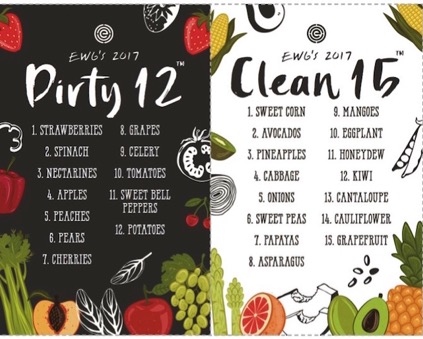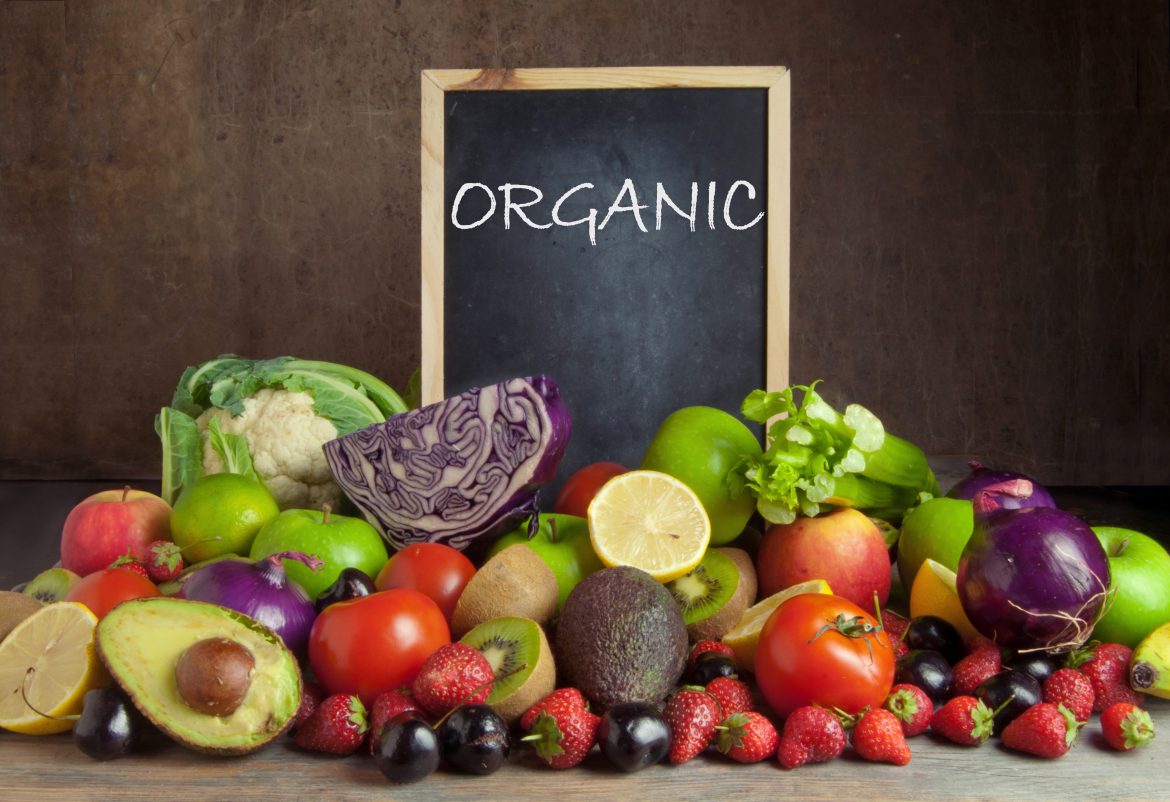In this age of green juice and kale, it’s easy to be swept up into the mindset of ‘organic everything.’ The question is—do you really know what qualifies something as organic (or not organic), or what the actual difference is between organic and generic?
The health world can be overwhelming and can easily convince you of things that you have no background knowledge or understanding of. So today eco18 is going to be going through the facts for you, and examining exactly what the significance of organic food, and whether or not it’s worth it.
The general draw and claims of organic foods are that they’re safer (not exposed to pesticides or GMOs), more nutritious and better for the environment. But oh boy can they be pricy! According to helpguide.org, a few benefits of organic food are as follows:
- Organic produce contains fewer pesticides.Chemicals such as fungicides, herbicides, and insecticides are widely used in conventional agriculture and residues remain on (and in) the food we eat.
- Organic food is often fresherbecause it doesn’t contain preservatives that make it last longer. Organic produce is often (but not always, so watch where it is from) produced on smaller farms near where it is sold.
- Organic farming is better for the environment.Organic farming practices reduce pollution, conserve water, reduce soil erosion, increase soil fertility, and use less energy. Farming without pesticides is also better for nearby birds and animals as well as people who live close to farms.
- Organically raised animals are NOT given antibiotics, growth hormones, or fed animal byproducts.Feeding livestock animal byproducts increases the risk of mad cow disease (BSE) and the use of antibiotics can create antibiotic-resistant strains of bacteria. Organically raised animals are given more space to move around and access to the outdoors, which help to keep them healthy.
- Organic meat and milk are richer in certain nutrients.Results of a 2016 European study show that levels of certain nutrients, including omega-3 fatty acids, were up to 50 percent higher in organic meat and milk than in conventionally raised versions.
- Organic food is GMO-free. Genetically Modified Organisms (GMOs) or genetically engineered (GE) foods are plants whose DNA has been altered in ways that cannot occur in nature or in traditional crossbreeding, most commonly in order to beresistant to pesticides or produce an insecticide.

That all sounds great, right?! It sure does, but we also want to make this point clear: the best way to be healthy is to eat healthy. Organic food can be really expensive, so while we do encourage our readers to shop organic when available and convenient, we also encourage our readers to focus on eating the most nutrient rich foods possible—even if they aren’t necessarily organic. Let’s put it this way: A non-organic banana is still a healthier and cheaper option than a Pop Tart or brownie. So, while we acknowledge that the benefits of shopping organically far outweigh the negatives, we are also aware of the fact that these organic foods often come with a hefty price tag. So, we suggest taking organic shopping with a grain of salt. There’s no shame in shopping within your budget, even if that means buying non-organic produce, as long as you’re making the smartest and healthiest choices you can. We recommend cutting out processed foods and foods high in saturated fats over cutting out fruits and vegetables that aren’t classified as organic.
If you’re interested in making the move towards a more organic based diet, we suggest considering the “Dirty Dozen” as your first step. These 12 foods are the highest in pesticide residue, and are the most recommended foods to exchange for the organic option. It’s also important to note the “Clean 15,” which is a list that includes the least likely produce to contain pesticides. These foods include…
So, if you’re wanting to start making more mindful choices at the grocery store, this is where we recommend you start. And if you’re just trying to eat healthier on a budget (not necessarily organic), here are a few of the cheapest and healthiest options at the grocery store:
- Brown Rice, $1.75: 170 calories, 2g fiber, 4g protein
- Old-Fashioned Oats, $3.99: 150 calories, 4g fiber, 5g protein
- Frozen Vegetables, $1.75-$2.50: 82 calories, 6g fiber, 115% DV Vitamin A
- Canned Black Beans, 89¢: 100 calories, 4g fiber, 6g protein
- Dried Lentils, $1.30: 120 calories, 10g protein, 11g fiber
 Food
Food Farmers
Farmers Sustainable Living
Sustainable Living Living Planet
Living Planet News
News